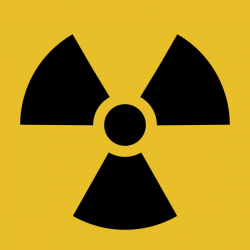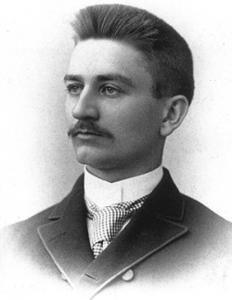The North Island Main Trunk Railway permitted overland travel and development of the New Zealand hinterland. Built under challenging conditions and over difficult terrain, all cuts, fills, and tunneling were minimized by careful use of the topography and by innovative engineering.
Over 30 miles south of Taumarunui, the North Island Main Trunk Railway climbs 2,086 feet to the edge of the great Waimarino Plateau. But over the last seven miles, an abrupt increase in altitude of over 700 feet posed an engineering challenge that led to the design of the famed Raurimu Spiral.





